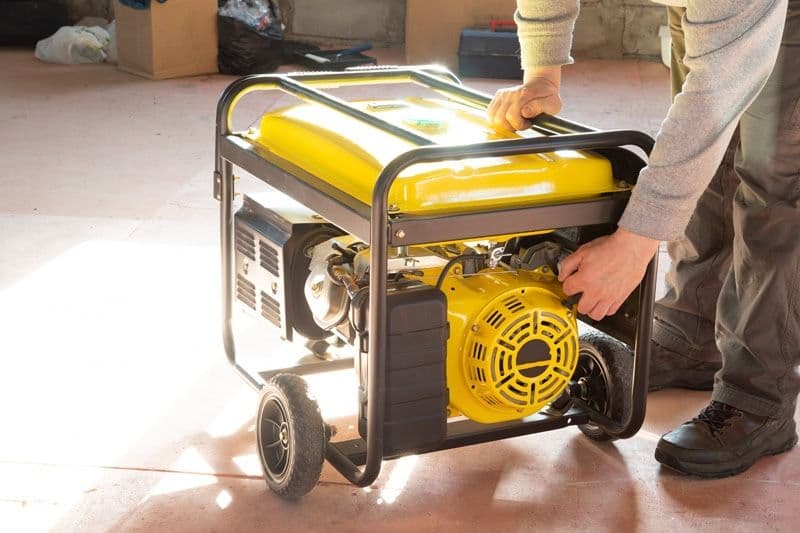Essential Care for Safe Fuel Storage for Generators
The Importance of Proper Fuel Storage
Risks of Improper Storage
Improper storage of generator fuel poses serious fire, explosion, environmental contamination, and premature fuel degradation risks. Exposure to heat, moisture, oxygen, and contaminants affects fuel quality and operational safety. These risks can cause startup failures, system damage, and legal sanctions.
Benefits of Safe Storage
Proper practices preserve fuel integrity, improve generator performance, and extend engine lifespan. They also protect assets and ensure compliance with safety and environmental standards such as NR-20 and ABNT NBR 17505-1.
Choosing the Right Storage Location
Ventilated and Protected Areas
Storage areas must be protected from weather, heat, and sparks, with natural or mechanical ventilation to disperse flammable vapors.
Example: Install tanks in covered, isolated areas with forced ventilation systems, away from electrical installations.
Safe Distance from Ignition Sources
Maintain minimum regulatory distances from electrical equipment, welding areas, motors, etc. For small tanks, a 15-meter separation with containment barriers is recommended.
Suitable Containers and Tanks
Recommended Materials
Diesel and gasoline should be stored in certified containers made of corrosion-resistant materials like coated carbon steel, stainless steel, or HDPE.
Technical Note: Steel containers should have internal/external anti-corrosion coatings and fuel-specific linings.
Safe Fuel Handling Procedures
Safe Refueling
Follow safety protocols during generator or tank refueling:
Use PPE (gloves, goggles)
Ground containers to prevent static discharge
Ban phones and ignition sources nearby
Critical Note: Static discharge is a common ignition source—grounding and bonding systems are essential.
Leak and Spill Monitoring
Regularly inspect valves, hoses, and connections. Correct small leaks immediately and follow proper containment and cleanup procedures in case of spills.
Stored Fuel Quality Control
Degradation Prevention
Stored fuel is prone to oxidation, water contamination (condensation), and microbial growth in humid environments.
Recommendations:
Use antioxidant and biocide additives for storage over 30 days
Periodically drain water from tank bottoms using drain valves
Inspections and Testing
Perform quarterly sampling to check color, clarity, and water content
Test fuel stability for storage over 60 days
Poor fuel quality can clog filters, damage injectors, and impair generator function.
Applicable Standards and Regulations
Technical Standards
Fuel storage must comply with standards such as:
ABNT NBR 17505-1: Storage of flammable and combustible liquids
NR-20: Regulation for work safety with fuels
Local Fire Department Codes
Documentation and Licensing
Storage above regulated volumes requires licenses from fire and environmental authorities. Keep records of inspections, quality tests, and maintenance for audits.
Safe Fuel Storage = Operational Continuity + Asset Protection
Fuel storage safety goes beyond protecting the fuel itself—it protects lives, the environment, and energy systems. Following best practices for location, handling, and compliance is strategic for any generator-dependent operation.
At Geraforte, we offer custom tanks for generator sets of various sizes. Contact us—our team of engineers and specialists is ready to assist!
Discover our products.





